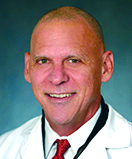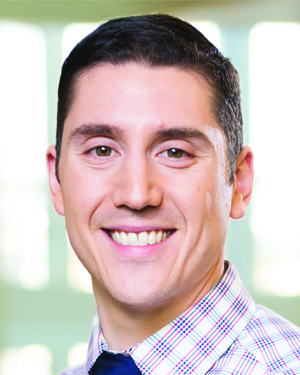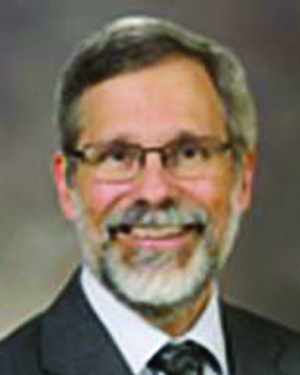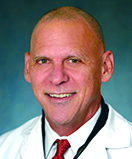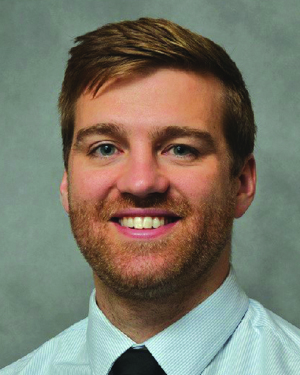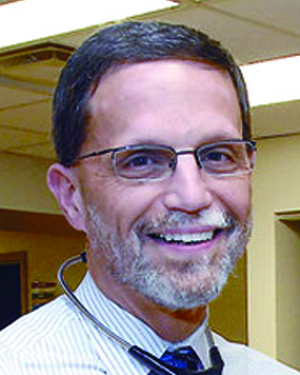Article By:
DS: Thank you for joining me today Fran. First, I would like to introduce myself and then you to the LipidSpin readers. I am Dan Soffer, a full-time internist, clinical lipidologist and educator at the University of Pennsylvania. I am also President-Elect of the Northeast Lipid Association (NELA) and co-editor of LipidSpin.
Article By:
After an article by Drs. Peter H. Jones and James M. McKenney in LipidSpin one year ago1 that reported on emerging therapeutics in clinical lipidology, it is still a very exciting time for the development of novel treatments for dyslipidemic patients.
Article By:
Introduction
Article By:
Abstract
Article By:
Peripheral artery disease (PAD) is a common manifestation of systemic atherosclerosis affecting 20% of Americans over the age of 801 and over 200 million people worldwide.2 As well as being common, it also carries high mortality and morbidity; and yet, patients with PAD are overlooked on multiple levels. Many go unrecognized in clinical practice.
Article By:
A 73-year-old woman with coronary and peripheral arterial disease with hyperlipidemia was referred for a lipidology consult because of elevated liver function tests (LFTs) while on rosuvastatin. Aspartate amino transferase (AST) rose from a baseline of 26 to 120 and alanine amino transferase (ALT) from 15 to 132. She did not drink alcohol nor take other hepato-toxic pharmaceuticals.
Article By:
In 2009, a 75-year-old Tsimane man and his wife awoke and went out into the rain forest around their home in the Amazonian lowlands of Bolivia to collect jajata, a palm like plant used to make roofing. Walking home in the afternoon, he collapsed to the ground, unconscious. His wife shook him and after a few minutes he regained consciousness. He complained of chest pain radiating down his left arm. He was having trouble breathing but managed to stand and walk home.
Article By:
Introduction
Coronary artery calcium scoring (CACS) was first introduced in the early 1990s as a method for early coronary artery disease (CAD) detection. Since then, there have been significant advancements in CACS from a technological standpoint, but more importantly, continuing compilation of supportive data has led to more widespread use, but certainly not universal acceptance.
Article By:
Those born with familial hypercholesterolemia (FH) know better than anyone else that they have a family history of early heart disease.





.jpg)
.png)












